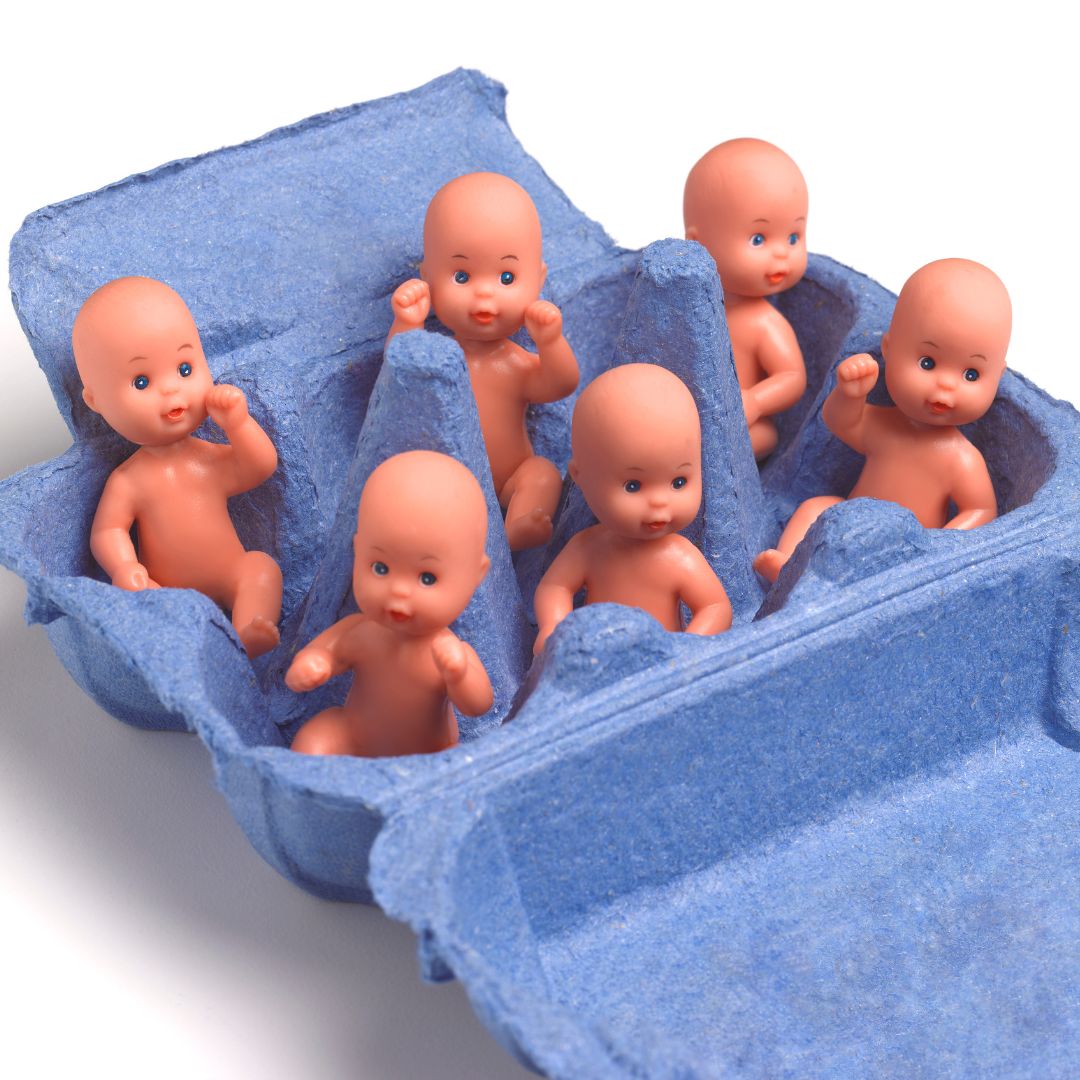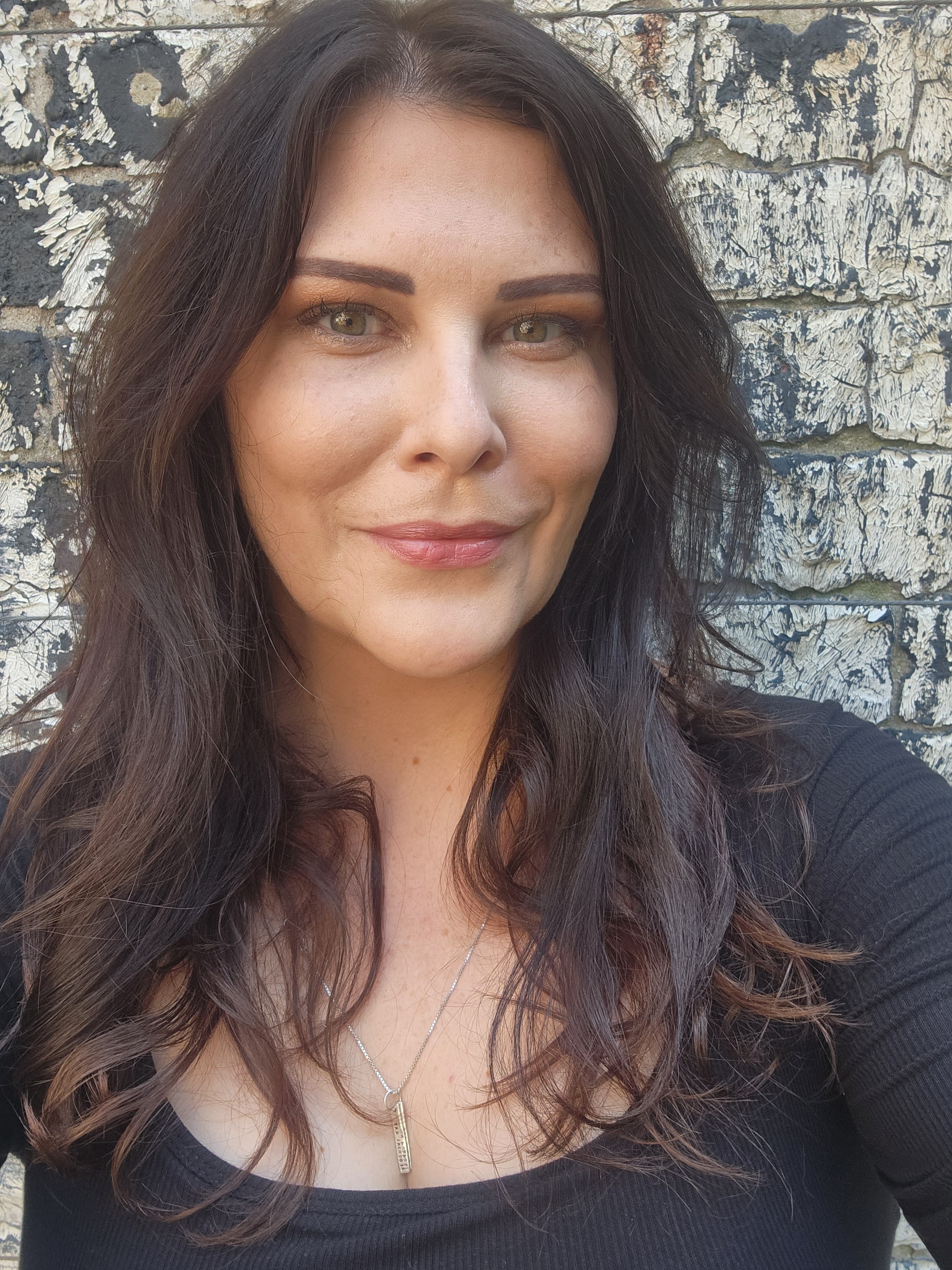
Another week, another Netflix show dominating the public discourse. The Man with 1000 Kids follows the real-life story of Jonathan Meijer, a Dutch serial sperm donor who allegedly fathered—as the title suggests—1,000 children, though Meijer claims the actual figure is 550.
The series attempts to untangle a web of sticky questions and skims the surface of what is rapidly becoming a pressing consideration in the booming single-by-choice motherhood market—just how much do you know about the father of your baby-to-be?
It’s a question author Valerie Bauman asked herself as she delved into the underground community of known sperm donors on her quest to become a single mother by choice.
Her new book, Inconceivable, details the realities of seeking out freelance sperm donors on Facebook and dating-style apps and the people who have chosen to circumvent traditional fertility avenues to meet up on their own terms.
Here, the author shares an extract from the book.
Chasing Babies, adapted from Inconceivable by Valerie Bauman
They inseminate themselves in cars, public restrooms, and cheap motel rooms. They pray over urine-drenched sticks, guzzle supplements by the dozen, and sometimes have unprotected sex with men they’ve only just met on the internet, Facebook groups, or dating-like apps—whatever it takes to make their baby dreams come true.
What could possibly drive a woman out of the cool, clinical embrace of the healthcare industry for one of the biggest medical decisions of her life? For some, it’s the insurmountable costs imposed by the reproductive industry, discrimination, or a lack of insurance coverage. Others just want to know the person who will help create their child.
I am one of those women. Like most, I started out scrolling through the sperm bank websites, analysing donor profiles, and squinting at their baby pictures. I even made a colour-coded spreadsheet (green for positive attributes, red for negative, and yellow for things that gave me pause). But like many women, I soon realised that sperm banks weren’t the answer, not for me. I wanted to know the person who would help me create my child and give my kid answers and insights into where they came from.
This is a story of spitting in the face of virtually every cultural taboo around family, fertility, and procreation for the sake of making motherhood a reality.
In July 2020, shortly after my revelation that I could become a mother on my own terms, I sat curled up on the couch, computer in my lap, compulsively scrolling through various sperm bank websites. Over several days I built the spreadsheet entitled “Babies.” I added nineteen columns that listed the characteristics I could find on each donor using whatever details the banks provided for free—and what I could glean from photos.
Some of the characteristics were physical: height, weight, and build. Eye colour and hair colour are always listed, but some banks even provide details on the donor’s hair texture and thickness. Race and ethnicity were also included. I added the “Lips” category, largely based on what I could tell from available photos, purely because I’m a fan of full lips and got a little carried away with the spreadsheet.
Other categories were more practical, including sperm motility and price and whether the donor had any reported pregnancies or children of his own. Sometimes, the gender of the donor’s children was listed, which was helpful, I suppose, for those who had a gender preference. I was more interested in their job and education. I was surprised by some of the information that was available—things I hadn’t thought to ask about, like allergies or shoe size. I was tickled by the banks that listed which famous actor the donor most resembled (according to the discerning opinions of sperm bank staff).
These weren’t necessarily the things I cared about most, but that’s all I could learn from what the banks provided for free. On most sites, you had to pay more for adult photos, detailed family histories, and other information on the individual donor.
My cat, Ruby, watched—heartless in her indifference— as I tossed my computer on the couch and paced around my tiny living room, contemplating the options. I ran through the donors in my head, occasionally pausing to review my spreadsheet as I weighed each one. It was overwhelming because one moment, I’d be so enamoured with a particular donor (all of whom had fake names assigned to them by the banks), and in the next instant, I’d find myself picking them apart.

I thought to myself: Shad seems great. He’s had reported pregnancies and has high-motility sperm. Sure, he’s only five feet eight, but I’m tall enough that maybe my genetics could offset that. He’s half-Irish and half-Moroccan and has curly, thick black hair and his lips are, sure, “medium.” That’s still pretty good, not like Davy, with those narrow, thin lips, but Shad wears a size eight shoe—is that thing about shoe size and penis size true? Should I be worrying about my future son’s penis size when I choose my donor?! Wait, the bank says he looks like Rami Malek. Hard nope. While an indisputably handsome man, those dead bug eyes kill me (I shuddered after visualising Rami Malek as a demonic toddler, wide-eyed and obstinate.)
Achilles. This is the one. Yeah, his build is listed as “sturdy” (a generous descriptor for heavier donors), but he’s got green eyes. How cool would it be to have a kid with green eyes like me? Full lips—bonus.Great motility. But ugh, his celebrity look-alike is Vin Diesel, and he does multilevel marketing for a living. Hard pass. Thanks for playing, Achilles!
What about Cort? Sure, he’s on the heavy side, but he’s tall, has full lips, high sperm motility, and reported pregnancies. Wait, he’s studying for his MBA and planning law school! Damn. My kid could use those brains. The only thing is that he’s Dominican, Hispanic, and Black. I have zero preference, personally, about my child’s ethnicity. But am I equipped to raise a non-white kid in America? Is that fair to the child when I, a white woman, don’t have a partner or co-parent to help them feel connected to their culture and ethnic background? Could that make them feel more “other” when they already come from a single-parent household with no biological father in the picture? Could it endanger their lives if I’m not capable of preparing them for the reality of having a Black or brown body in this country? Damn it. Cort was supposed to be the one.
I closed my laptop and glared at Ruby. I had money in the bank, ready to spend on sperm. But something felt off to me about this transaction.
Never before have these unconventional paths to building families been more prevalent or compelling. I knew I had to delve deep into this world to learn everything I could about the most unusual road map to becoming a parent.
Valerie Bauman is an award-winning journalist with two decades of experience. Her book Inconceivable is out now.







